Lesson 7
From Parallelograms to Triangles
Problem 1
To decompose a quadrilateral into two identical shapes, Clare drew a dashed line as shown in the diagram.
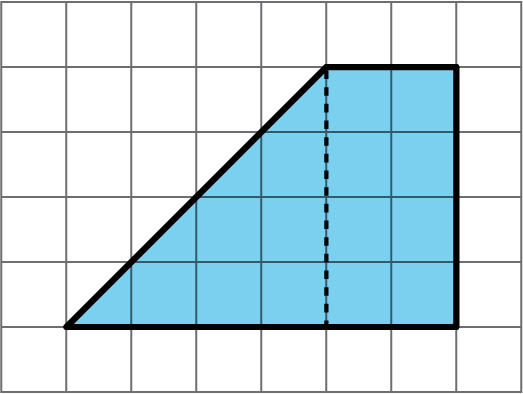
-
She said the that two resulting shapes have the same area. Do you agree? Explain your reasoning.
-
Did Clare partition the figure into two identical shapes? Explain your reasoning.
Solution
For access, consult one of our IM Certified Partners.
Problem 2
Triangle R is a right triangle. Can we use two copies of Triangle R to compose a parallelogram that is not a square?
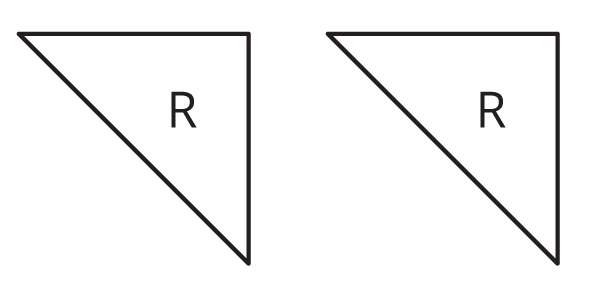
If so, explain how or sketch a solution. If not, explain why not.
Solution
For access, consult one of our IM Certified Partners.
Problem 3
Two copies of this triangle are used to compose a parallelogram. Which parallelogram cannot be a result of the composition? If you get stuck, consider using tracing paper.
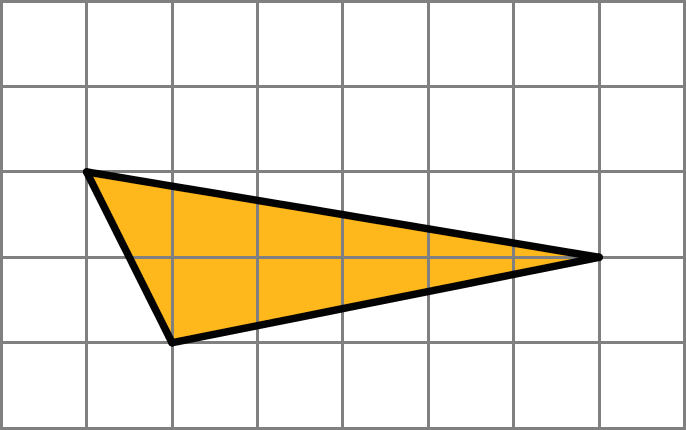
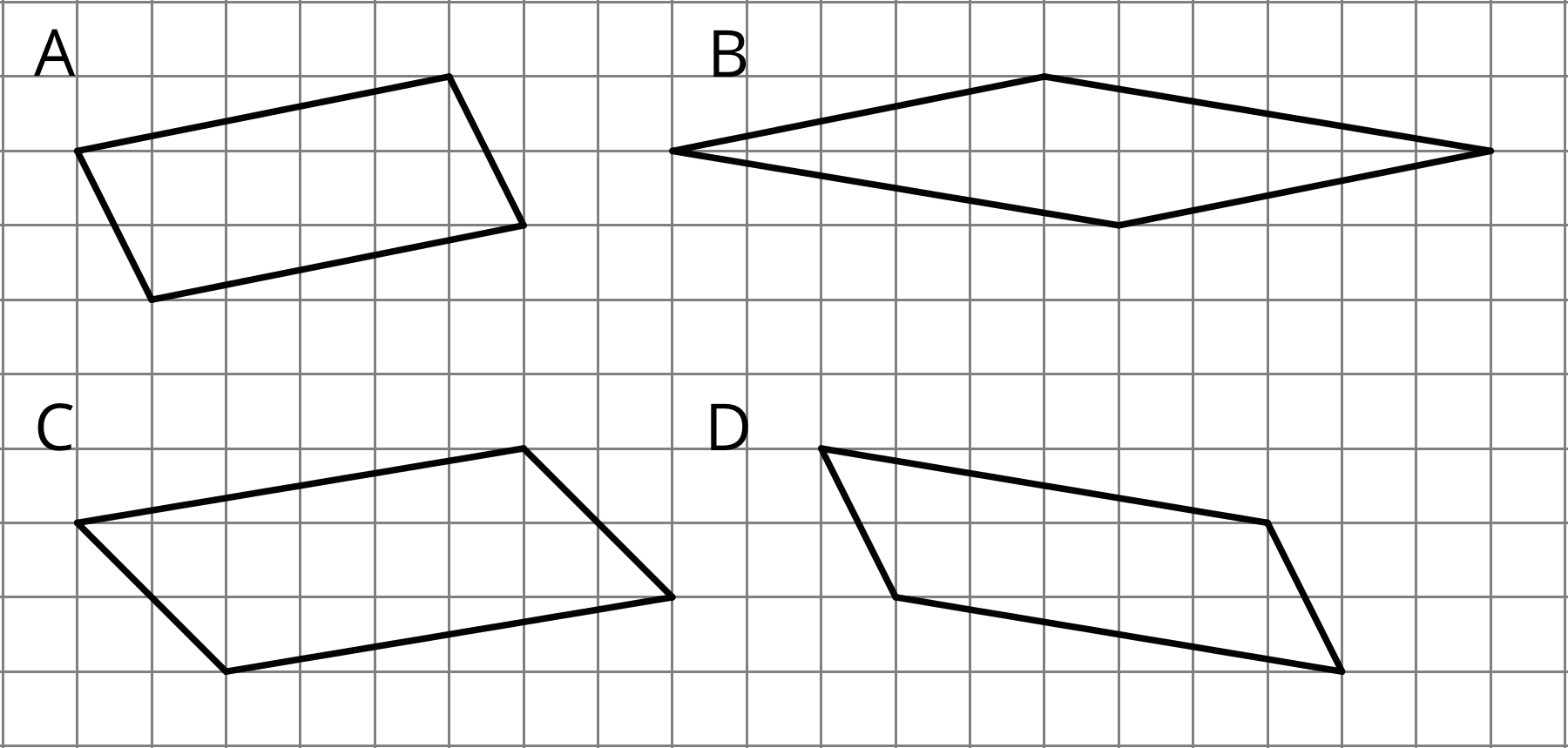
A
B
C
D
Solution
For access, consult one of our IM Certified Partners.
Problem 4
-
On the grid, draw at least three different quadrilaterals that can each be decomposed into two identical triangles with a single cut (show the cut line). One or more of the quadrilaterals should have non-right angles.
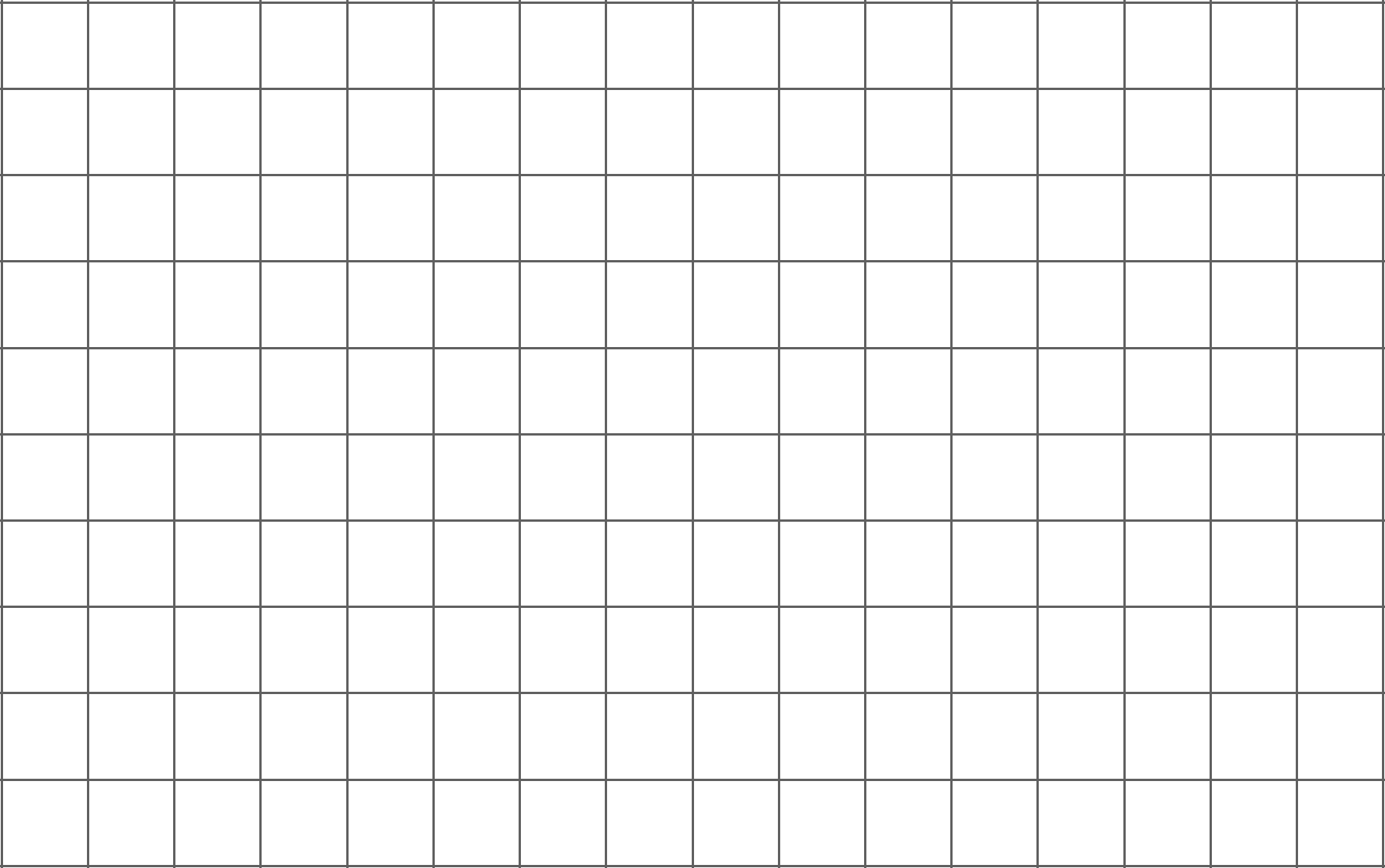
- Identify the type of each quadrilateral.
Solution
For access, consult one of our IM Certified Partners.
Problem 5
-
A parallelogram has a base of 9 units and a corresponding height of \(\frac23\) units. What is its area?
-
A parallelogram has a base of 9 units and an area of 12 square units. What is the corresponding height for that base?
-
A parallelogram has an area of 7 square units. If the height that corresponds to a base is \(\frac14\) unit, what is the base?
Solution
For access, consult one of our IM Certified Partners.
(From Unit 1, Lesson 6.)Problem 6
Select all the segments that could represent the height if side \(n\) is the base.
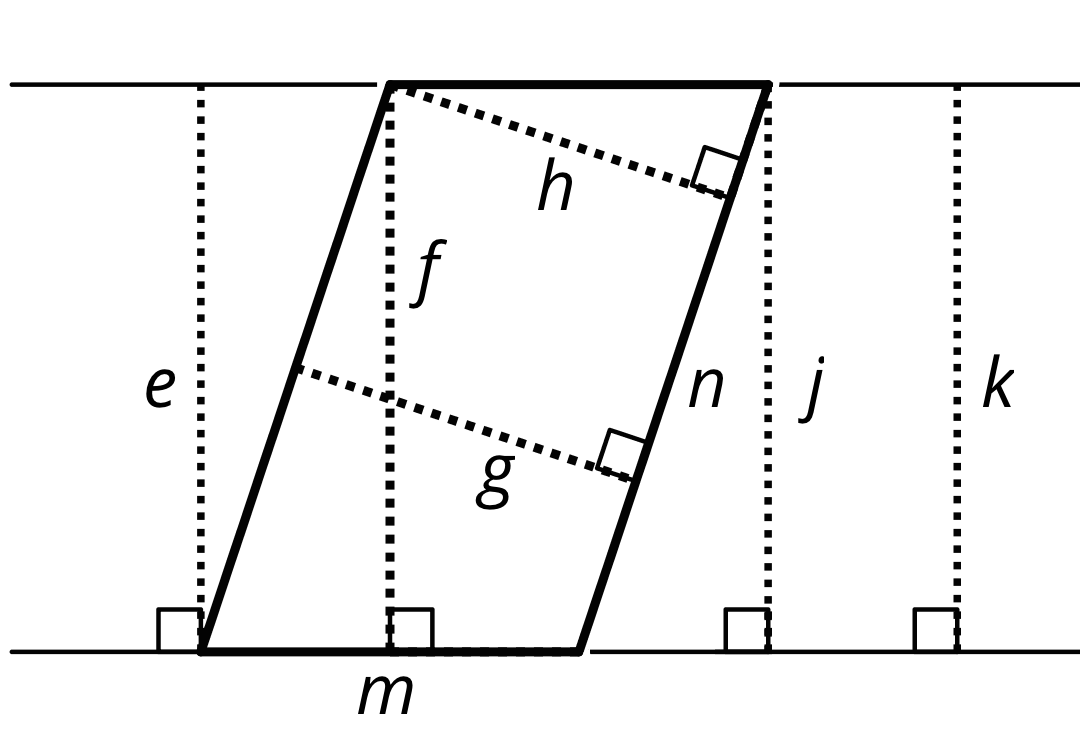
\(e\)
\(f\)
\(g\)
\(h\)
\(m\)
\(n\)
\(j\)
\(k\)
Solution
For access, consult one of our IM Certified Partners.
(From Unit 1, Lesson 5.)